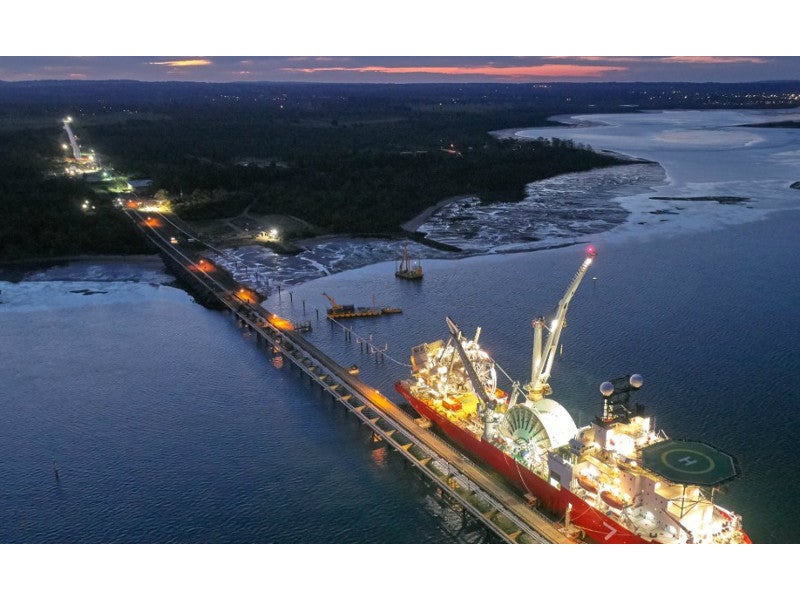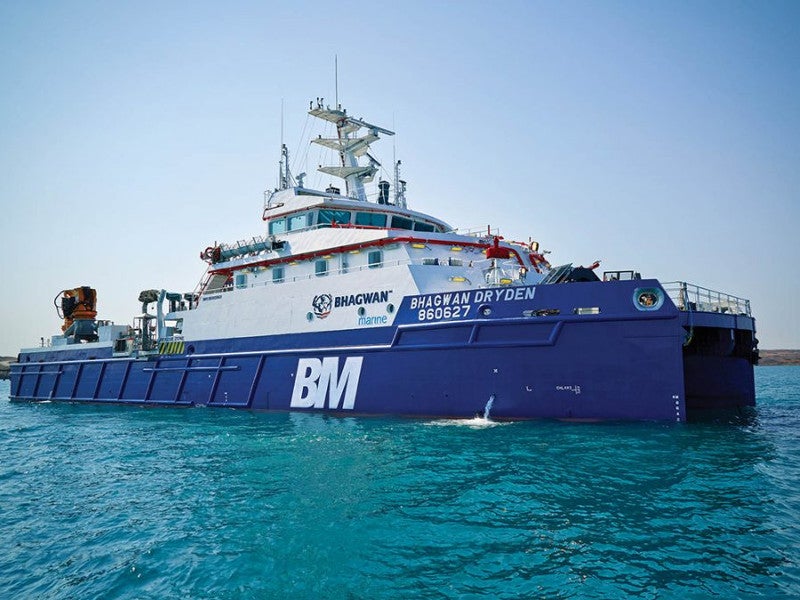West Barracouta gas field, located in the Bass Strait, offshore Victoria, Australia, is one of the largest sweet gas fields in the area. It is being developed by the Esso-BHP Gippsland Basin Joint Venture (JV), a 50-50 JV between ExxonMobil’s subsidiary Esso Australia and BHP Billiton Petroleum.
The project forms part of the JV’s continuing investment to explore and develop the Gippsland Basin for utilising its resources to its full potential. BHP is investing approximately A$$200m ($144.3m) for the development of the West Baracouta project.
The final investment decision was taken in December 2018. First gas from the field is expected by 2021.
West Barracouta gas field will increase the company’s capacity to fulfil the gas demand in the Australian domestic market.
West Barracouta gas field location
West Barracouta gas field is located in the VIC/L1 block in the Bass Strait, which is situated 6km south-west of the existing Barracouta gas field infrastructure in the Bass Strait.
The Bass Strait has been an important source of energy for Australia in the last 50 years. The operations of the Gippsland Basin JV have significantly transformed a once predominant oil business to natural gas business.
West Barracouta gas field development details
The West Barracouta gas field development will involve the drilling of two subsea production wells at a depth of approximately 45m.
A 6km-long subsea flowline will connect the production wells with the existing Barracouta platform in the Bass Strait through a subsea hot tap. A single, 6.5km-long electrohydraulic umbilical control will also be laid from the gas field drill centre to the Barracouta platform.
Additional subsea infrastructure includes two vertical wellhead production trees, wellheads and controls.
Gas from the Barracouta platform will be sent to the Longford onshore gas plants, which will be the onshore receiving point.
Details of the Barracouta platform
The Barracouta platform is located approximately 23km away from the Gippsland Coast, at a depth of 46m. It features an eight-legged steel piled jacket and is equipped with cranes, a helipad and other infrastructure that supports remotely operated vehicle (ROV) operations.
Contractors involved
Bhagwan Marine performed the environmental and seabed surveys, as well as geotechnical surveys for the project. The company utilised the Bhagwan Dryden, a dynamic positioning (DP) dive support vessel, as a platform for sample collection and analysis.
The vehicle was deployed along with the Neptune Datem 5000 piezo cone penetration test (PCPT) system, Fugro hydraulic piston corer (HPC) Vibrocore, FCV600 remotely-operated vehicle (ROV) and survey spread.
Subsea Integration Alliance, comprising OneSubsea and Subsea 7, received the subsea engineering, construction, installation and commissioning contract for the project in January 2019.
Subsea 7 will perform the work for the production wells and umbilical cables, while OneSubsea will supply the subsea infrastructure and provide installation and commissioning services.
One Subsea and Subsea 7 will provide project management and engineering services from their local offices situated in Perth and Melbourne, Australia. The offshore installation activities for the West Barracouta gas field are scheduled to take place in 2020.










